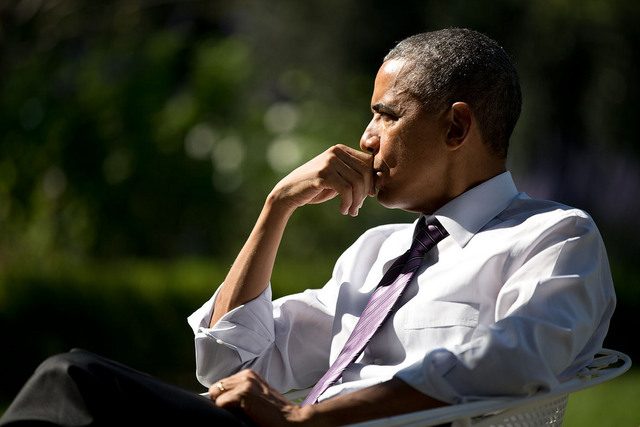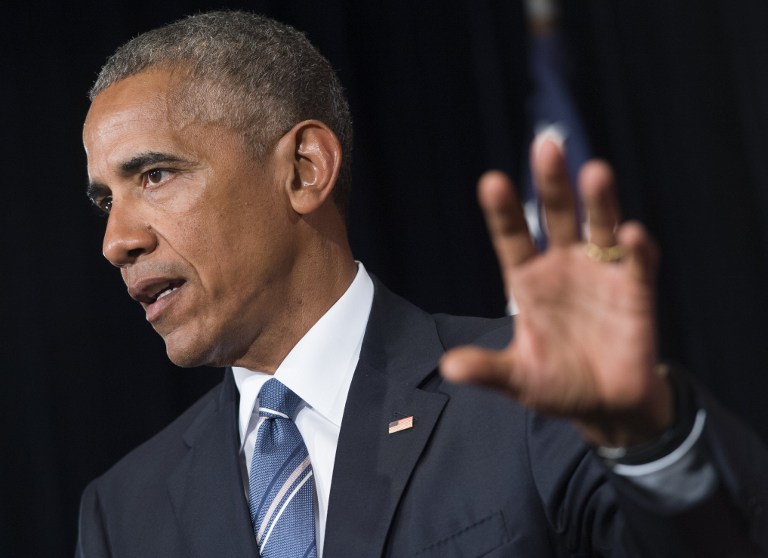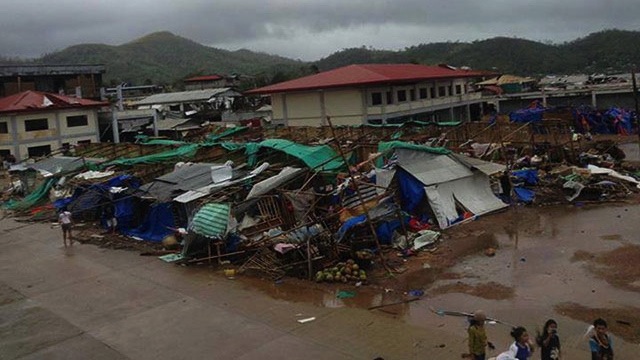
MANILA, Philippines – A motorcyle rider saved a patient battling for his life when he helped an ambulance get through rush hour traffic on Thursday morning, January 19.
Chrisangel Montebon, a member of Riders Anti-Crime and Emergency Response (RACER), was passing by Commonwealth Avenue when he saw the ambulance of Dr Richie Reyes stuck in traffic.
Reyes and his colleagues were transferring a patient from Dr Jose Rodriguez Hospital to the Quezon City General Hospital (QCGH) because they lacked certain instruments needed for his stab wounds. But the heavy traffic threatened the patient's life who had lost much blood.
In a video posted by Reyes on Facebook, Montebon was seen riding ahead of the ambulance and signaling cars to give way. Thanks to his heroism, Reyes’ company arrived faster at the QCGH and the patient had his immediate surgery.
“Papasok pa lang po ako sa work noong time na ‘yun. Tapos nakita ko ang ambulance nila na naiipit sa traffic. Hindi po ako nagdalawang isip na i-assist sila hanggang sa hospital para madala agad ang patient,” Montebon said.
(I was just on my way to work during that time. I saw their ambulance stuck in traffic. I did not have second thoughts to assist them until they reached the hospital.)
Reyes recounted the heroism of Montebon. "We were trying to find a faster route but when we arrived at Commonwealth Avenue, we were stuck in traffic. We were shocked by his actions because he went ahead of us. Those that do not give space, he signaled to go to the side," he told Rappler.
The company thought Montebon was just helping them in Commonwealth Avenue because he was passing by that route. They were more surprised when he still led the way even when they turned at Luzon Avenue.
"We don’t have any communication with him. But everytime we turned, he followed us. He really guided us even in the counter-flow," Reyes said.
When they finally reached the hospital, Montebon parked his motorcycle to see the patient being brought inside the facility. Reyes and company, however, were not able to thank him in person because of the patient’s critical condition.
Volunteerism
RACER is a non-governmental organization of rider-volunteers focused on disaster risk reduction management, public safety and security, community development, and nation-building. TIts members also report incidents and developments that happen on the road.
Asked what he wanted to say to the rider, Reyes told Rappler: “Thank you because he set aside whatever his original plan is. I’m sure he had to go somewhere, but thank you very much because he set aside his time, effort, and safety for someone in need.”
The doctor added that the family of the patient, who survived the surgery but remains in critical condition, was also grateful to Montebon.
Montebon, who is also a volunteer at the Red Cross Emergency Response Unit and works in an IT company, said volunteerism comes from the heart.
“Masaya po ako at natulungan ko po sila. Walang anuman po para sa kanila. Mula sa puso ko po ang pagtulong (I am happy that I was able to help them. They are welcome. Helping comes from the heart),” Montebon said.
Mohammad Hamsa, RACER Executive Director, lauded Montebon’s heroism.
“Nakakatindig ng balahibo, nakakataba ng puso, at nakakaproud! 'Yung mga mamamayang Pilipino na nagmomotorsiklo lamang naman papasok sa kanilang mga trabaho ay nakakaya pang magbigay ng tulong sa kapwa,” he said.
(I get goosebumps. It's heartwarming and it makes us proud! He's an example of Filipino riders who, even when they are on their way to work, can take time to help other people.)
“Our riders like him are prepared to help other people who are in need like what happened this morning,” Hamsa added. – Rappler.com
Rappler intern Cathrine Gonzales is a journalism student from the Polytechnic University of the Philippines.






































